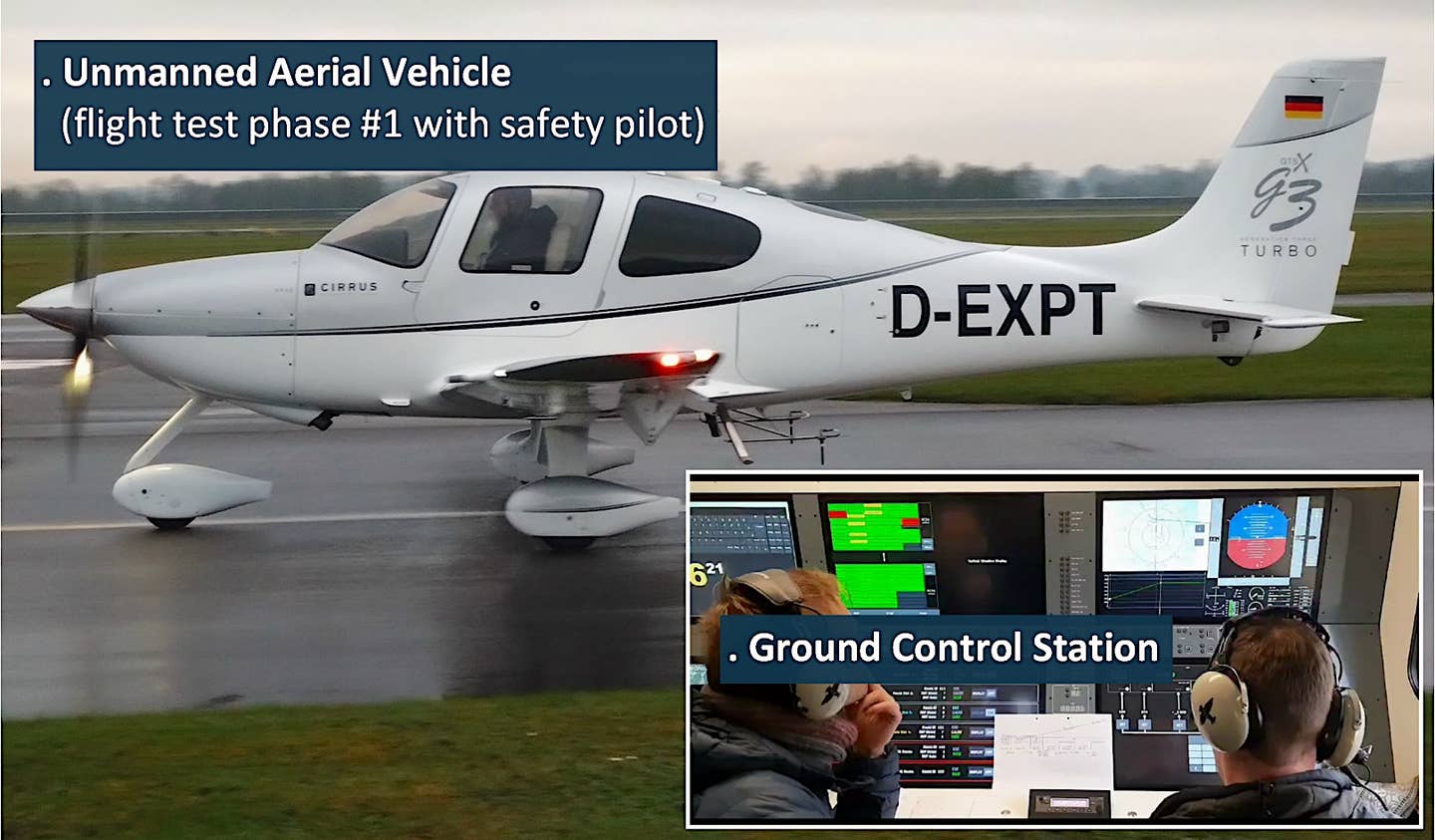ASR Aims To Make Parachutes Lighter, With Lower Cost
Aviation Safety Resources (ASR) is quietly building a family of related business units centered on making aircraft safer. With a focus on making aircraft recovery parachutes “lighter, and with lower-altitude…

Aviation Safety Resources CEO Larry Williams is optimistic on the market for recovery parachutes for the urban air mobility market. Photo: ASR
Aviation Safety Resources (ASR) is quietly building a family of related business units centered on making aircraft safer. With a focus on making aircraft recovery parachutes “lighter, and with lower-altitude opening capabilities,” CEO Larry Williams noted that ASR’s system has been selected for the Bye Aerospace eFlyer 2 two-place electric aircraft. And at a press conference during EAA AirVenture, he announced a contract signing and ceremonially handed over the first parachute system to Mark Mellicker of G1 America, the U.S. marketing representative for the French-built G1 STOL aircraft. A dozen OEMs are currently using ASR products, Williams said.
ASR is also in the business of testing aircraft seats, and recently signed a contract with the U.S. Air Force to evaluate seats for the National Institute of Aviation Research.
Williams also discussed the newest addition to the corporate family, ASR Defense, an outgrowth of acquiring Strong Parachutes, based in Orlando, Florida, in April. The company, founded in 1961, designs and manufactures parachutes for civilian and military markets. “This gives us better access to military customers,” said Williams, “and we can now do our own stitching.” He said plans are in place to double Strong’s manufacturing footprint in Orlando under the ASR Defense mantle to 150,000 square feet. The company currently has 18 employees.
Williams is optimistic about equipping the urban air mobility market with emergency parachute recovery systems. “The goal is to get 20 percent lighter; at 10 percent lower cost,” he said. He showed a carbon fiber parachute canister ASR is using (vs. aluminum) and talked about advanced, lighter materials for parachute lines.
Williams is committed to low-cost initiatives for ASR products. He said, “I don’t want people saying, ‘I’m not putting [a recovery parachute] on my aircraft because it’s too expensive.'” He cited the 12-year repack cycle of ASR systems as one way to reduce cost for operators.
ASR has recently qualified eight new systems for aircraft ranging from 600 pounds to 4,200 pounds. “Our next will be for 4,800 pounds,” Williams said.






